Anyone who has ever visited Cyprus has asked themselves a question: “Why are there so many cats in Cyprus?” And, indeed, this question is justified – just by having a look around it seems like there are lots of cats everywhere – near the restaurants, casually lounging around the house porches and windowsills, others nonchalantly strolling along the narrow city streets. And soon after another question follows: “Just how many cats in Cyprus are there?” And, “Are there more cats than people in Cyprus?» In fact, according to the latest official statistics, the island’s feline population amounts to 2 millions as opposed to 1,3 million in human population.
They have become a symbol of Cyprus, often seen on tote bags, postcards and other tourist memorabilia. Often referred to as «an island of Aphrodite» or «an island of saints», it could well be «an island of cats». Let’s dig deeper and discover where this affinity for feline species comes from.
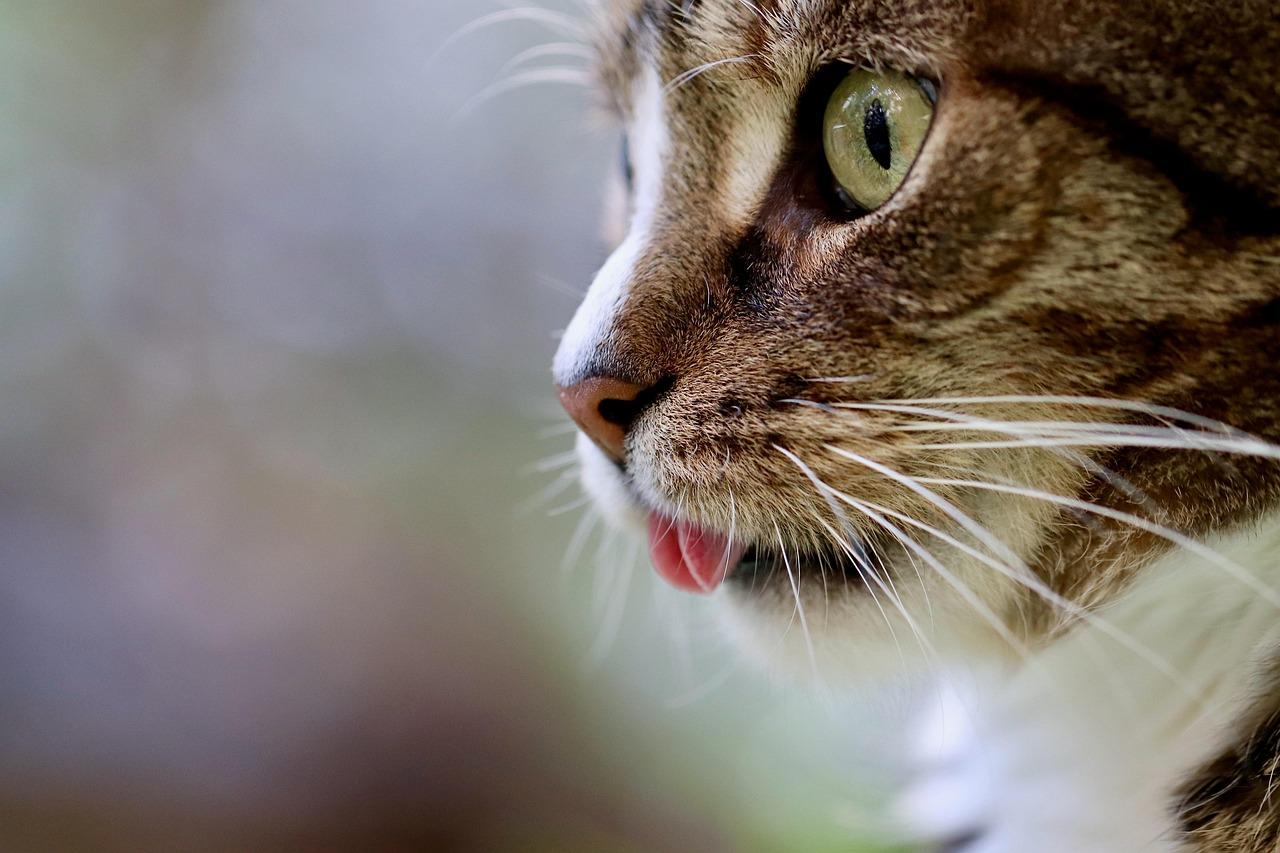
A glimpse of history
We all know that ancient Egyptians had a cult of feline veneration, but it appears that Cyprus was first. The recent excavation of a Neolithic grave near ruins of Shillourokambos unravelled a carefully interred 8-months old kitten remains in a specially dug-out little pit alongside a human grave.
These findings give archaeologists a clue that felines played an important and perhaps even a spiritual role. An almost 10,000 year-long relationship between people and cats first started with the introduction of the first agricultural settlements. Humans have started domesticating them, aiming to protect their grain storages from mice and rats.
Much later, during the early Christian period, the growth of the cat population was attributed to St. Helena — the mother of Byzantine Emperor Constantine, who came to Cyprus bringing the piece of the Holy Cross and establishing many monasteries.
According to one legend, it was Saint Helena who had introduced cats to the island. At that time, Cyprus was under a drought spell and both humans and animals were suffering from lack of food and water. As a result, the local snake population had increased. The snakes started approaching human settlements in search of water causing fear and havoc amongst the locals. To reduce the number of snakes, Saint Helena had decided to bring hundreds of cats from Egypt and Palestine.
As another legend has it, Emperor Constantine had sent his commander to release thousands of felines to reduce the snake numbers around the Cape of Akrotiri, later named «Cape Gata» — «Cats’ Cape».
Thanks to the intervention of Emperor Constantine and his mother, Cyprus was saved from the infestation of snakes. Since then the felines have adapted and made Cyprus their new home. The monastery of St. Nicholas, also founded by Saint Helena, has become their unofficial residence. Up until this day, it serves as a sanctuary for at least 100 strays, and is often called “a cat monastery”. The felines can move freely on the premises, while the nuns feed and take care of them. Thus, Emperor Constantine together with his mother — Saint Helena, have not only contributed to the spread of Christianity on the island, but also promoted the positive image of cat species.
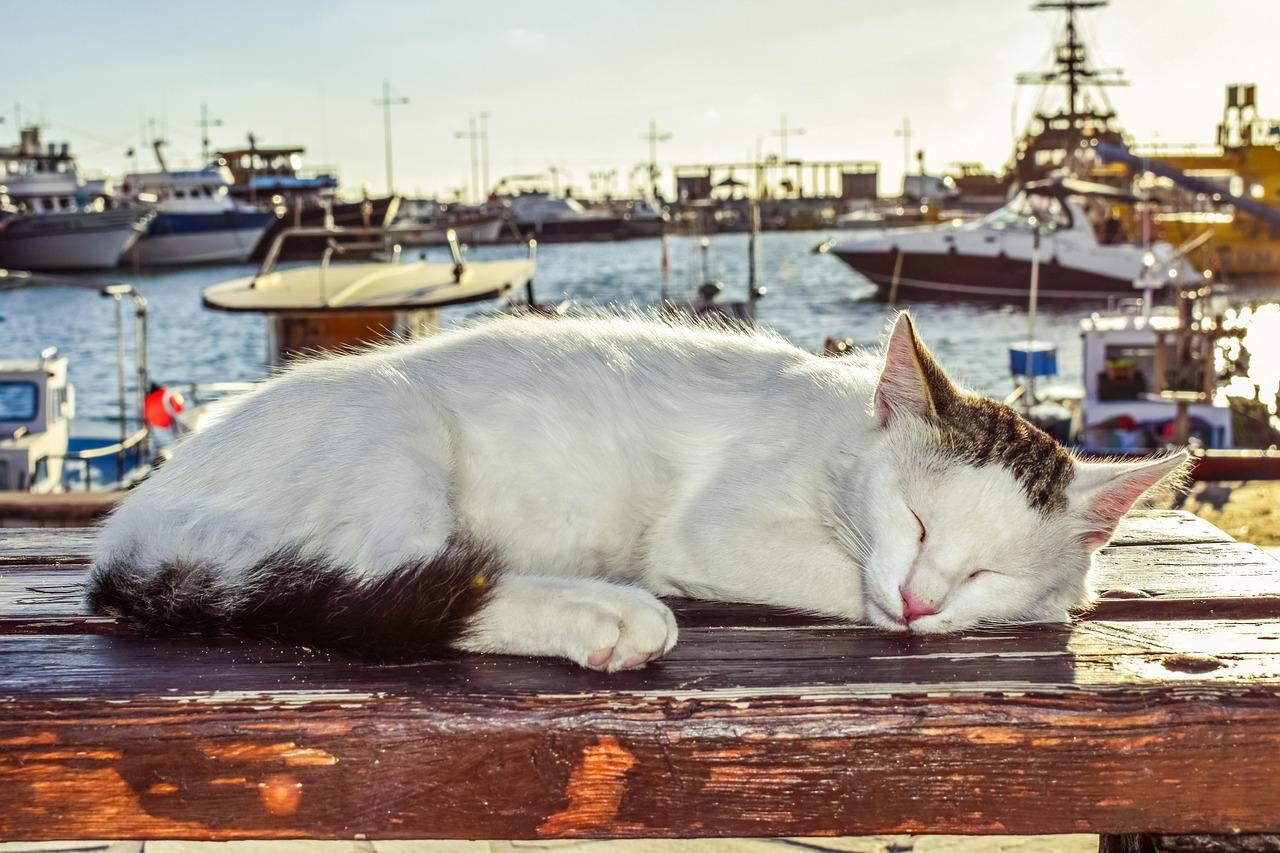
Cats today
Despite cats holding a special place in Cypriot life, the attitude towards them is often ambiguous. On the one hand, feline species are loved both by expats and the locals. A lazy cat stretching under the bright Cyprus sun has become its unofficial emblem. People often share their meals with local furry «beggars» at the seaside taverns. Almost every suburban street has someone who cares to feed the stray felines. On a hot summer day it’s quite common to see a big bowl of water in the suburban streets, left especially to reduce the effects of the heat on the stray animals that are freely roaming outside.
On the other hand, it seems as if the island’s feline population is largely left to fend for themselves which affects their health and welfare.
Today, almost every Cypriot household has at least one dog, whilst some have more than one. But what about the cats?
They are mostly free-roaming and do not stay indoors — they roam freely outside, only coming home for food and water. This makes it difficult to even tell the difference between domesticated and stray animals.
Also, Cypriots are not very keen on neutering their pets, leading to over breeding and contributing to an already poor welfare and the rise of the stray population. Often, the owners refuse to take care of the kittens, which results in increased numbers of stray animals. This creates some welfare concerns.
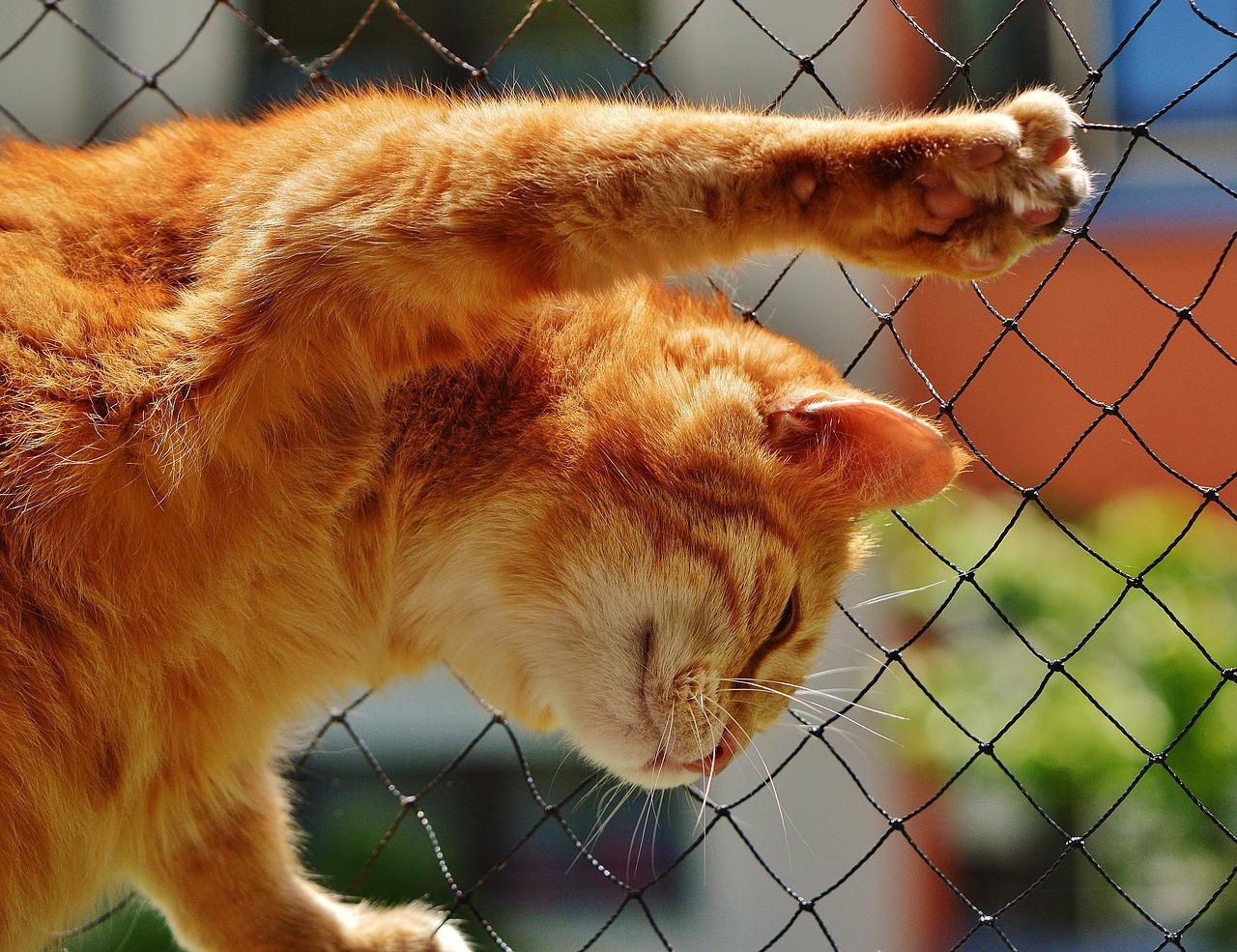
Cat welfare
Although Cypriots are animal lovers, life of a cat on this sunny island is not always a breeze. The recently published report revealed that the local stray cat population has reached an alarming one million species roaming freely in the fields, and suburban streets.
Thanks to animal rights activists, some government initiatives are now set in place in order to reduce the stray population. For example, a sterilization program estimating €100,000. However, only 1,500—2000 strays get sterilized each year which is still insufficient for improving animal welfare.
The government has also allocated € 1,5 million required for the building of the new regional stray animal shelters, and other welfare initiatives, aimed to reduce stray cat numbers, such as education and legislation measures. Despite these efforts, not all of them are well-received by animal welfare groups and local citizens eager to care for the stray whiskered companions.
One such example is the recent amendment, published by the Law Office, aimed to address the uncontrolled feeding in public areas. Under the amendment, it is allowed to feed the strays only in especially reserved areas, which can often leave them without food, negatively affecting their health and welfare.
The recent article published in the local newspaper highlighted the clash of the animal rights activists and the locals who are not always in favour of feeding stray animals. Even though the cat-human relationship in Cyprus has not always been a smooth ride, the feline population on the island continues to grow, raising welfare concerns. While the government animal shelters often do not have enough reserved places to fully address the issue, there are also some private sanctuaries to help reduce the pressure:
- Malcolm foundation. Named after its founder — Malcolm Stevenson, the sanctuary is located in Asomatos near Limassol. At the moment it has around 300 stray animals in care.
- As a sole founder and animal lover, Malcolm started the shelter on his own back in the 1980s using his private funds. Since then it has grown into a large sanctuary with good facilities.
- To contact the sanctuary or to offer your help, you can email them or fill an online form on their website.
- Tala cat Sanctuary. Situated in the village of Tala, it is the most well-known cat sanctuary in Paphos. It is home to over 1000 strays. They try to take in as many stray animals as they can, providing care, food and shelter. They also rehome many strays, sometimes even by sending them abroad — to Europe and USA. With so many stray animals in care, the sanctuary relies on private sponsorships. Just to feed the cats they require more than 40 kg of food each day. They would happily take cat food or accept volunteer help. You can contact the shelter via email or leave your message on their website.
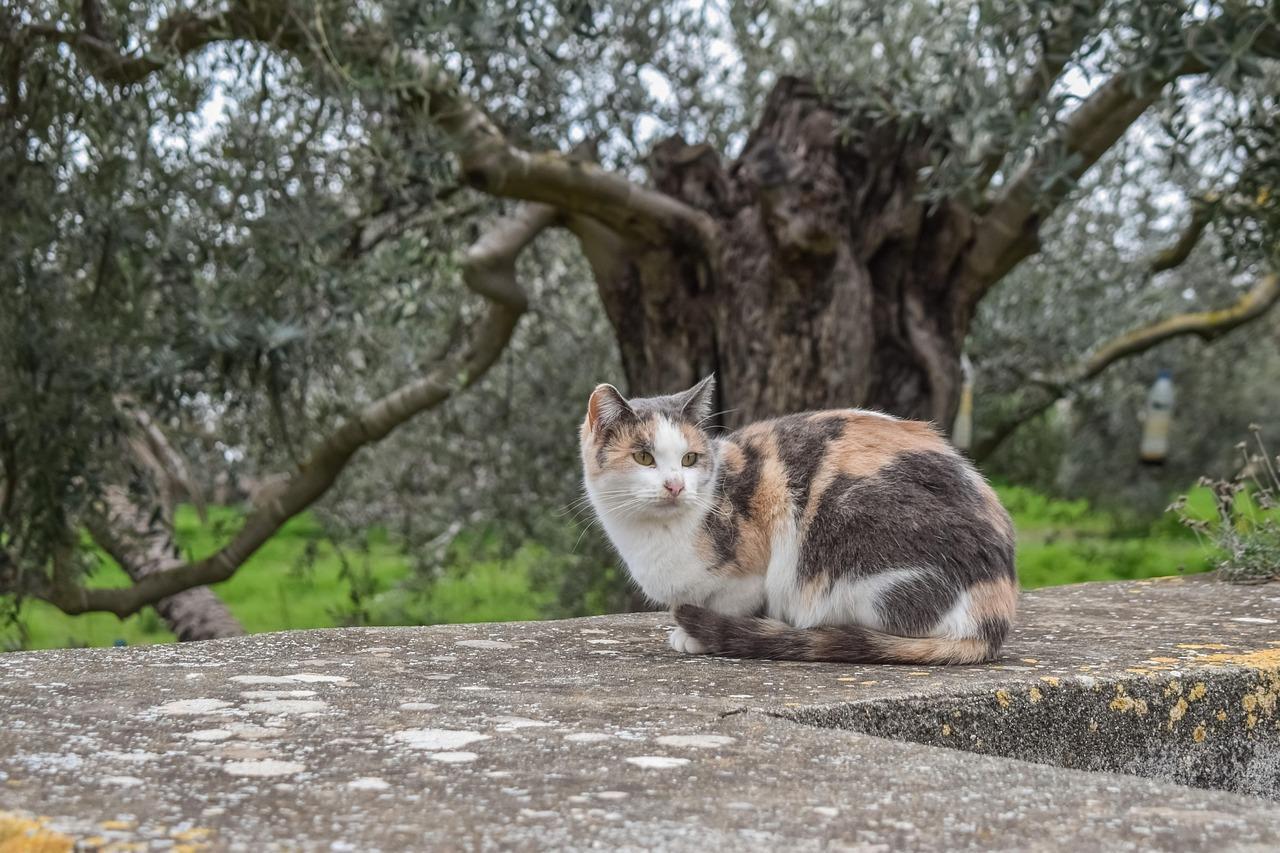
Since ancient times until this day, humans and cats have existed alongside one another, forming a unique symbiotic bond. From being objects of veneration and subjects of legends to becoming domesticated animals with a practical purpose, today cats have transformed into human companions.
Millions of people around the world appreciate cats for their beauty and friendly, yet independent demeanour. But, in Cyprus, cats are more than just pets, they are an epitome of a ubiquitously Cypriot way of life, also known as «siga—siga».
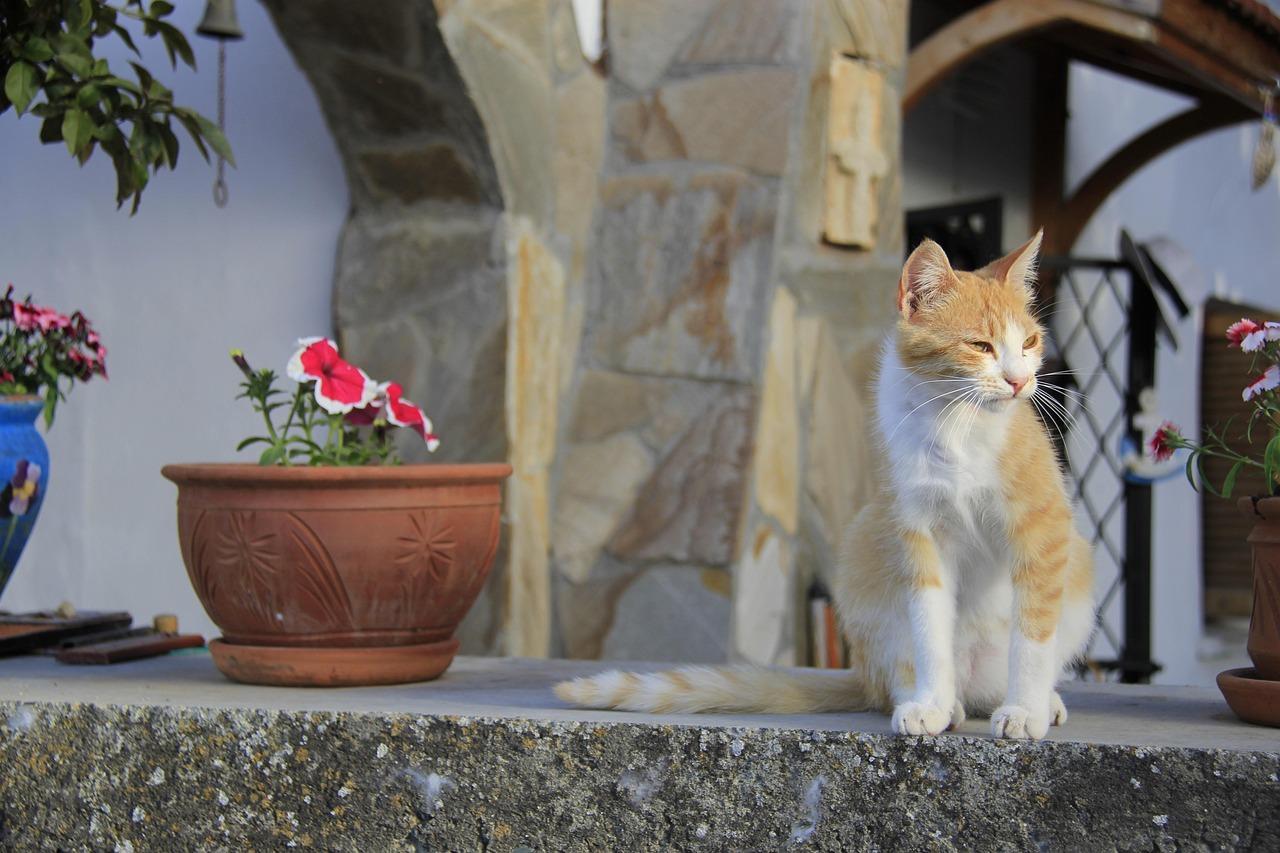
Read also:


